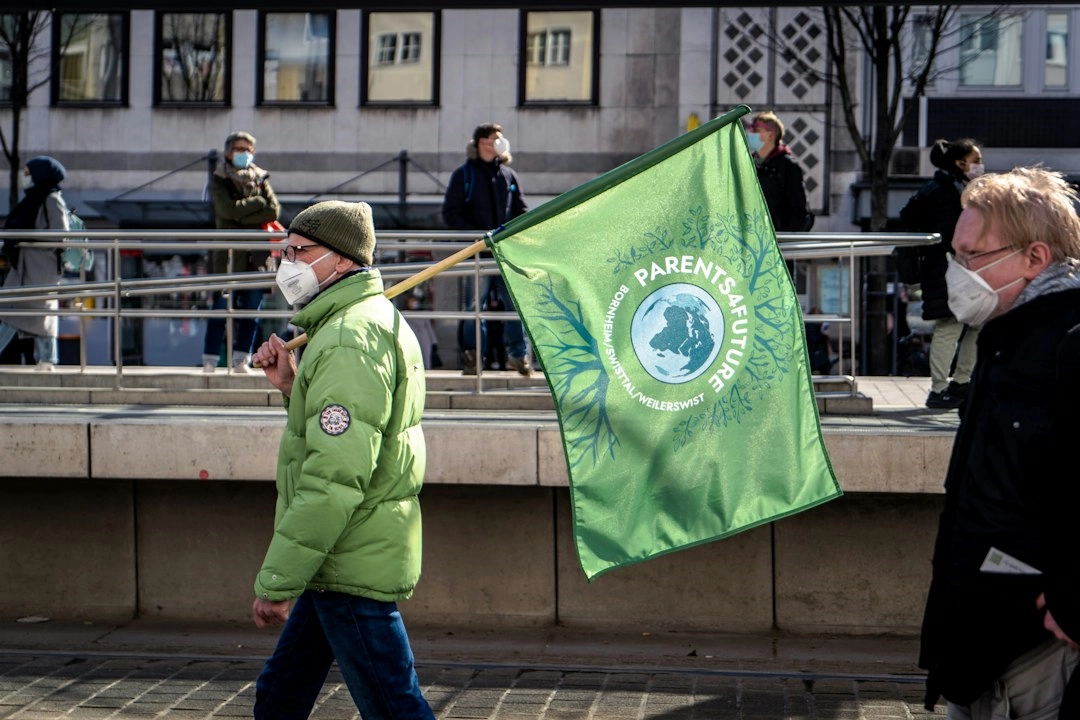
What are Eco-Friendly Insulation Materials?
Eco-friendly insulation materials are a sustainable solution for improving energy efficiency in buildings. These materials are designed to minimize heat transfer, keeping the indoor temperature stable and reducing the need for heating or cooling systems. Unlike traditional insulation materials, which often contain harmful chemicals or are derived from non-renewable resources, eco-friendly insulation options prioritize environmental sustainability.
These materials are typically made from renewable resources or recycled materials and have a lower environmental impact throughout their life cycle. They provide excellent thermal insulation properties while reducing carbon emissions, energy consumption, and waste generation.
The Real-world Problems Associated with Eco-Friendly Insulation Materials
1. Limited Awareness and Accessibility
A major challenge with eco-friendly insulation materials is the limited awareness and accessibility in the market. Many builders and homeowners are not familiar with these sustainable options and may stick to traditional materials out of habit or lack of information. There is a need for increased education and promotion of eco-friendly insulation materials to raise awareness of their benefits and availability.
2. Higher upfront Cost
One of the perceived drawbacks of eco-friendly insulation materials is their higher upfront cost compared to conventional options. The initial investment required for eco-friendly materials can be a barrier for some individuals or organizations. However, it’s important to consider the long-term savings in energy costs and the environmental benefits that outweigh the initial expense.
3. Lack of Standardization and Certification
Another challenge is the lack of standardized criteria and certification for eco-friendly insulation materials. With various options available, it can be difficult for consumers to discern which products are truly eco-friendly and sustainable. The development of standardized certifications or labels can help to ensure transparency and enable consumers to make informed choices.
4. Performance and Durability
There may be concerns about the performance and durability of eco-friendly insulation materials, especially in extreme weather conditions. Some materials may have limitations in terms of moisture resistance, fire resistance, or pest resistance. Ongoing research and development are necessary to improve the performance and durability of these materials to make them a viable option in all climates and building types.

Solutions for the Real-world Problems of Eco-Friendly Insulation Materials
1. Awareness and Accessibility
To address the limited awareness and accessibility of eco-friendly insulation materials, education and promotion are key. Builders, homeowners, and professionals in the construction industry should be informed about the benefits and availability of these sustainable options. Increased marketing efforts, workshops, and collaborations with green building organizations can help raise awareness and make eco-friendly insulation materials more accessible to a wider audience.
2. Cost-effectiveness
While eco-friendly insulation materials may have a higher upfront cost, it is essential to consider the long-term savings and benefits. Government incentives and rebates can help offset initial costs, making sustainable options more affordable. Additionally, manufacturers should focus on improving cost-efficiency through technological advancements and economies of scale.
3. Standardization and Certification
The development of standardized criteria and certifications for eco-friendly insulation materials is crucial. This will ensure transparency and enable consumers to make informed choices. Collaborating with industry experts and organizations to establish clear standards and labels will help build trust and confidence in these materials.
4. Performance and Durability
Ongoing research and development are necessary to improve the performance and durability of eco-friendly insulation materials. This includes enhancing moisture resistance, fire resistance, and pest resistance capabilities. Collaboration between manufacturers, researchers, and building professionals can drive innovation to address these concerns and make eco-friendly materials suitable for various climates and building types.















